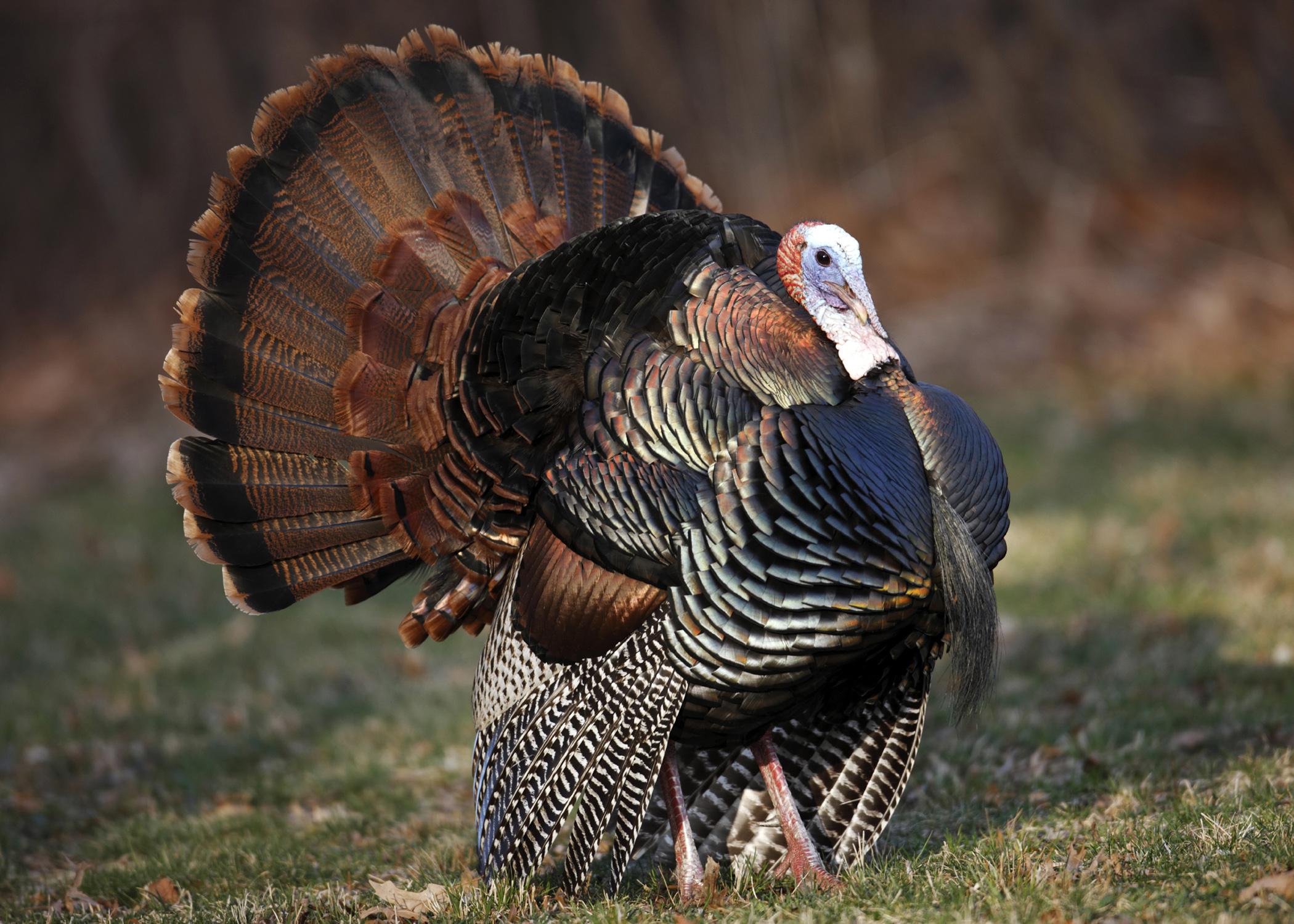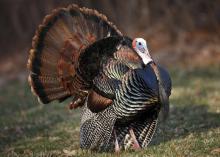Information Possibly Outdated
The information presented on this page was originally released on August 1, 2014. It may not be outdated, but please search our site for more current information. If you plan to quote or reference this information in a publication, please check with the Extension specialist or author before proceeding.
Managing wild turkeys on public and private lands
By James E. “Jim” Miller
Professor Emeritus, Department of Wildlife Fisheries and Aquaculture
MSU Extension Service
MISSISSIPPI STATE -- That first raucous, exhilarating gobble of the spring season heralds the thrill of the chase for millions of North American turkey hunters, including me.
Historians estimate between 7 and 10 million wild turkeys roamed the continent prior to European settlement. However, by the 1930s, only 30,000 birds remained, most in isolated populations in a few states.
Those numbers have now improved, thanks to science-based wildlife habitat management on both public and private lands, appropriate harvest regulations and improved trap and transfer methods. The restoration of wild turkeys in North America is one of the great wildlife management success stories in modern history.
Currently, an estimated 7 million wild turkeys are found in 49 U.S. states and 6 Canadian provinces.
There are five subspecies of wild turkeys: Eastern, Osceola/Florida, Rio Grande, Merriam’s, and Goulds. These subspecies are adapted to a variety of habitats across North America. Wild turkeys are omnivorous and opportunistic ground feeders, and their diet is extremely variable depending on what is available at different seasons of the year.
The habitats of wild turkeys in Mississippi include coastal longleaf pine country, mixed pines and hardwoods, and bottomland hardwoods. Wild turkeys are found in almost every county of the state in varying population densities, depending on the quality and management of those habitats.
Wild turkeys are mobile and can easily cover a range of 3 to 4 miles per hour while feeding. However, if all their habitat needs are provided in a smaller area, their home range will decrease.
Wild turkeys in Mississippi need 30 to 50 percent mature forest stands for roosting cover and production of both hard and soft mast. They also require nesting cover, which they can find in old fields, cutovers, or brushy field borders. Areas such as food plots, roadside plantings and pastures are important brood habitat, because they consist of grasses and forbs that encourage the insects on which the poults will feed. Open water should be available year round, as should space to nest, display and rest undisturbed.
For the landowner or manager with fewer than 200 acres, a lot depends on what kind of habitat your neighbors have and how they manage it. If you can cooperate with your neighbors and provide complementary habitat requirements, your chances of observing wild turkeys on your property will increase significantly.
There are several management practices to avoid. Stocking pen-raised, domestic turkeys on your property, baiting wild turkeys, and allowing domestic poultry to interact with wild turkeys may increase disease transmission and encourage hybridization. Disturbance and predation by free-ranging dogs and feral cats will decrease productivity and success during nesting and brood-rearing seasons.
A collaborative effort by managers and landowners that aims to minimize habitat loss or degradation, control infectious diseases and predation, plan for inclement weather during nesting and brood-rearing seasons, and regulate illegal poachers will result in healthier and more abundant wild turkey populations. It will also make for a more enjoyable hunting season.
For more information about wild turkey management, contact the Extension wildlife faculty at Mississippi State University or download Forest Management for Wild Turkeys.
Contact: Dr. Jim Miller, 662-325-2619

Editor’s Note: Extension Outdoors is a column authored by several different experts in the Mississippi State University Extension Service.







